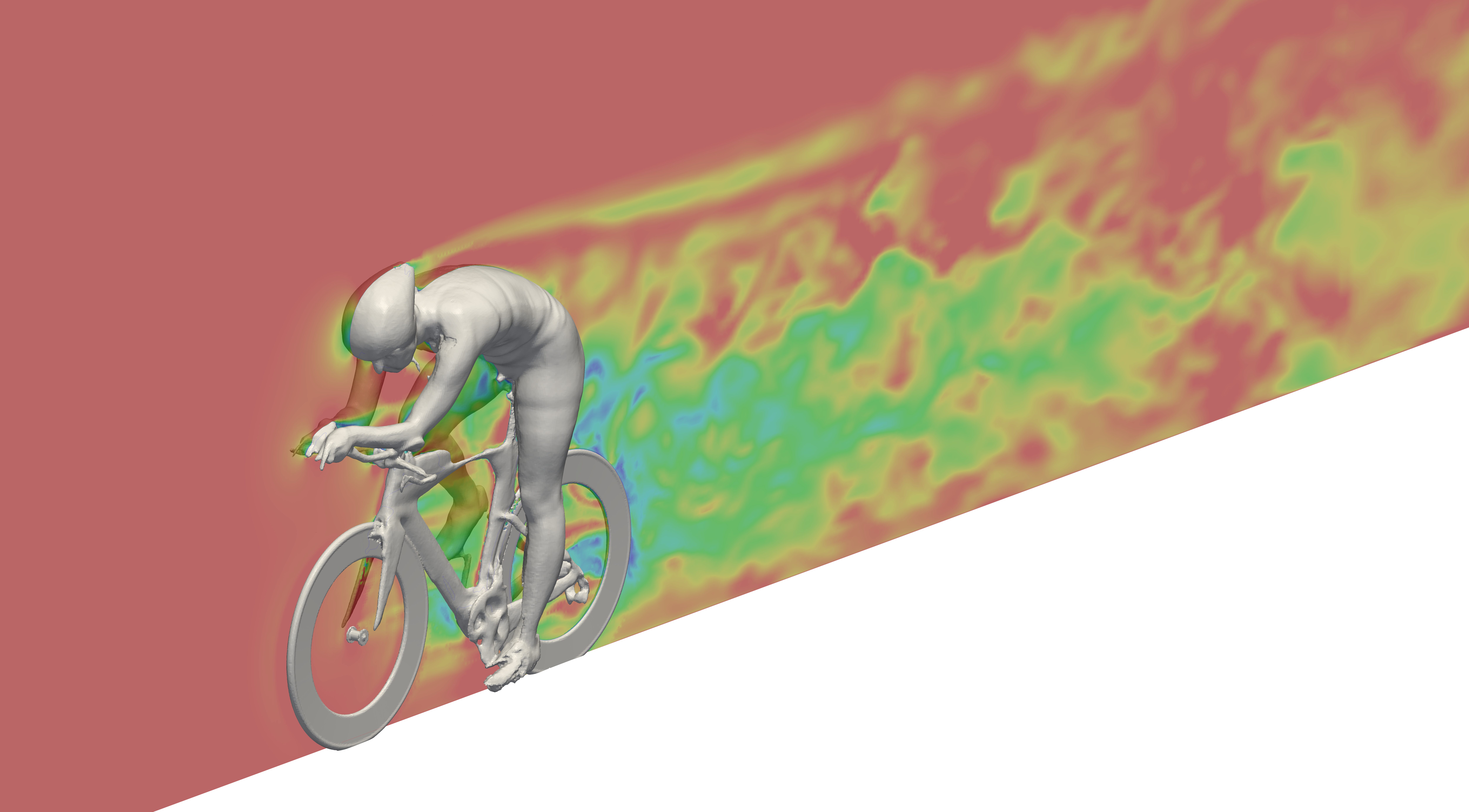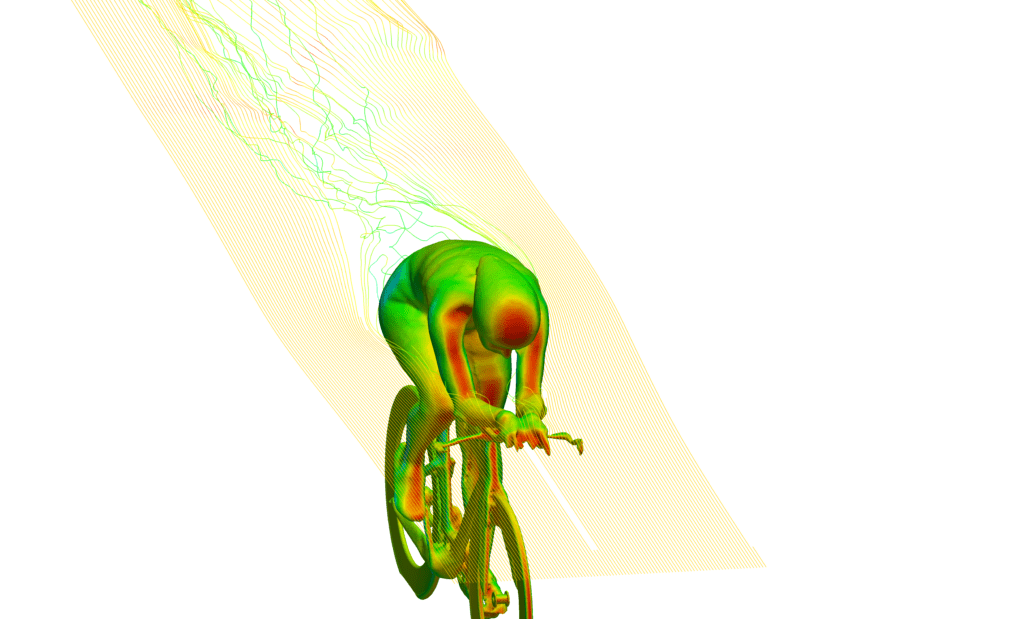Master your bike position: STAC’S virtual wind tunnel technology
Triathletes can optimize their aerodynamics without the costs associated with renting a wind tunnel with STAC Performance's new virtual wind tunnel technology.

Have you ever envied a professional triathlete’s resources to perfect their aerodynamics? Most of us can’t afford to rent out wind tunnels to dial in our bike position. Enter Kitchener, Ont.- based STAC Performance, the creators of the magnetic Zero trainer. Their latest technology is a virtual wind tunnel system that can help any triathlete reach their true aero potential on the bike without breaking the bank.
The virtual wind tunnel (VWT) “allows you to realize the performance benefits of renting a full scale wind tunnel at only a fraction of the cost.” They take scans of a rider’s position and process them in a system that analyzes air flow around the rider and, therefore, the drag they’re creating. So far, the guys at STAC have put pros Cody Beals and Alex Vanderlinden through the system and helped each of them make substantial improvements in their position.
The next step is to market it across Canada and make it accessible to all triathletes.
“As one of the first test subjects, I immediately recognized the tremendous potential of this technology,” Beals told TMC, “Over the past year, I’ve been using the VWT to optimize my position and inform my equipment choices for racing. My results were in close agreement with my data from a conventional wind tunnel, which validates this approach. Testing with the VWT is far more convenient, quick and affordable than a trip to the wind tunnel or velodrome, making aerodynamic testing more accessible for athletes, coaches, bike fitters and product developers. It’s a revolutionary step forward.”
How it works
Thanks to the VWT’s simple setup, the service can be performed almost anywhere. I tested out the system in December at a bike studio in Toronto. STAC’s Andrew Buckrell had me set up my TT bike on a trainer. Using the hardware for the system – an off-the-shelf 3D scanner – Buckrell moved around me and scanned me and my bike as I held my position for a minute or so. The device gathers a high-resolution image of the rider, which STAC then takes in for processing and analysis.
“The analysis we do is called computational fluid dynamics,” explains Buckrell. “We perform calculations that deliver the aerodynamic data – how the flow moves around the rider and how much drag they’re creating – which helps us better fit them on the bike and improve their overall performance at their next race.”
Facilities that offer the service will take the scans themselves and then send them to STAC for processing. While the scan itself is a fairly quick process, the data processing takes about 24 hours.
STAC did three scans of my position, moving around hydration systems and making adjustments to my head position. I also had a bike fitter make adjustments to my bike for the scans to help dial in the best position.
When coupled with the expertise of a good triathlon bike fitter, the VWT will truly give triathletes a competitive edge.
“With the bike fit you’re able to capture important biomechanics,” Buckrell says. “Combining that with aerodynamics helps us find out an individual’s optimal position.”
We ultimately were able to find a position that will save me valuable time on the bike leg of my full-distance race this summer. Buckrell says most triathletes can expect to take a few minutes off their short distance race and, in some extreme cases, the system can help save 10 minutes over the course of a full-distance bike leg.
Worth it for the average triathlete?
The price point for the service right now is between $150 and $300, depending on the number of scans performed. When you take into account the costs of various aero equipment on the market, this is a modest price to pay for easy speed on the bike and, ultimately, faster race times.
“I’ll be doing a few separate tests with STAC this season, to find out the fastest setup for me,” says B.C.-based pro Nathan Killam. “I think this is one of the best values a rider can get for getting those last few watts of efficiency.”
Currently the service is only offered at the X3 Training Lab in Toronto, but there are plans to take it out west and expand it within triathlon hubs across the country.
Check out the video from our STAC testing here.


